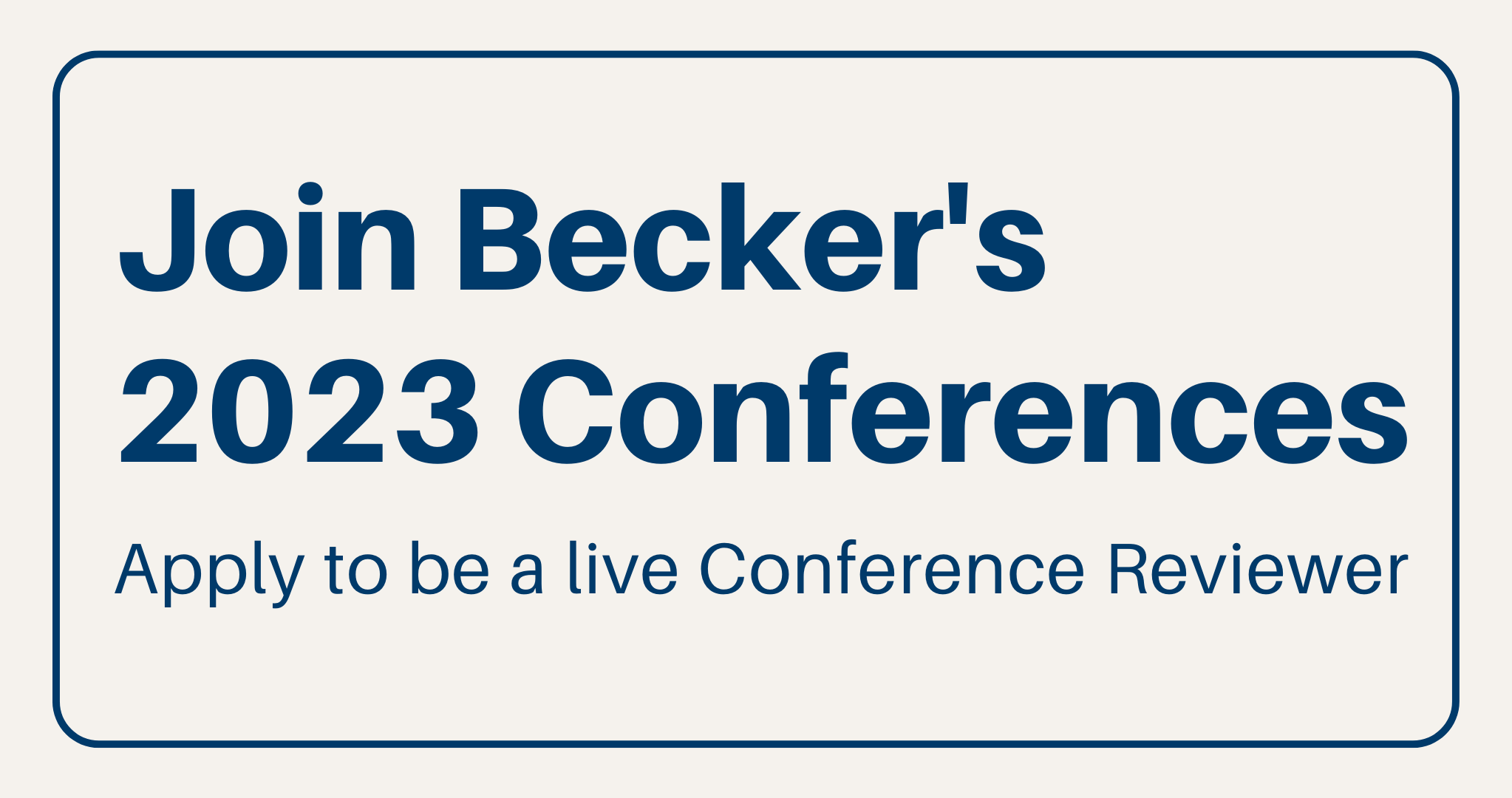Nationwide, accountable care organizations report that it's becoming more challenging to do business and the stakes are higher than ever. They are taking on more financial risk as CMS shifts Medicare Shared Savings Program ACOs into downside or two-sided risk tracks.
Meanwhile, patients are aging, chronic conditions are on the rise and more specialists are getting involved in care. A proliferation of EHRs, care management systems and population health tools creates data silos that make it difficult to manage patients across the care continuum.
To learn more about the challenges facing ACOs, including readmissions and network revenue leakage,Becker's Hospital Reviewspoke with Nikki Starrett at Collective Medical.
Lack of network visibility creates significant problems for ACOs
妈ny ACOs have blind spots outside of their health systems. There is no easy way to know in real time when patients are admitted to hospitals outside the system. Gathering that information is usually a manual process, with 10 to 15 steps, that isn't scalable. Employees must log in to a portal, download and format a report, and then send it to multiple people.
"When you can't identify patients that are going to outside hospitals in real time, it's challenging to bring those individuals back into the system and follow up to reduce readmissions," Ms. Starrett said.
Visibility is a common issue when patients receive care in settings like emergency departments and skilled nursing facilities.
"Often an ED will make decisions about a patient's treatment with limited information and limited context beyond what they see right in front of them," Ms. Starrett explained. "That can lead to unnecessary readmissions. SNFs, on the other hand, may not give ACOs updates because they are reliant on human processes."
To understand patient trends, real-time data is essential
再入院治疗可以减少之前,他们必须得到insight into patient trends. Although many ACOs use claims data, this information isn't very helpful because it's two to three months old. Access to real-time data is critical for monitoring readmissions.
"Post-acute settings tend to get less attention, but are a big source of network revenue leakage," Ms. Starrett said. "If an SNF doesn't know that a patient is part of an ACO, there's a risk that the patient will get transferred to a hospital that's outside the ACO network, driving up leakage."
If an ACO can get real-time data on ED visits and inpatient admissions both inside and outside the network, it can monitor where patients are going. ACOs can also use that data for transitional care management and discharge follow-up, which plays a huge role in reducing readmissions.
"Take real-time data and use it to identify high-risk patients or those with frequent utilization," Ms. Starrett said. "You may want to combine that information with other data sources, like claims data, to stratify your population and find patients to incorporate into a care management program."
Not all real-time patient data is equal, however. Information is a hindrance if it simply adds more noise on top of existing notifications and reports. Real-time notifications must provide information that's actionable and meaningful for care managers, so they can zero in on the patients who need attention.
For ACOs that are further along in their value-based care journey, Ms. Starrett recommends focusing on the post- acute network.
"Monitor trends related to SNF readmissions and average length of stay." she said. "Use real-time data to identify problems and opportunities sooner, rather than waiting for claims."
For patients that are in an SNF, care managers need visibility into trends that are moving in the wrong direction, such as a length of stay that's creeping up or a growing risk of hospitalization. Care managers should also be empowered to act on that information, rather than relying on the SNF to contact the ACO. With post-acute settings, it's all about shifting from being reactive to proactive.
Conclusion
Claims data will always be the source of truth about ACO performance. However, real-time data from across the care continuum is critical for moving the needle on key metrics like readmissions and network revenue leakage. Since Collective Medical merged with PointClickCare, the two companies can now offer clients data for acute and post-acute networks.
"Many ACOs have limited care management resources, and the care managers' time is precious," Ms. Starrett said. "They need real-time information that will support better clinical and financial decision-making about ACO patients. This will ultimately help ACOs succeed as they take on more risk."

